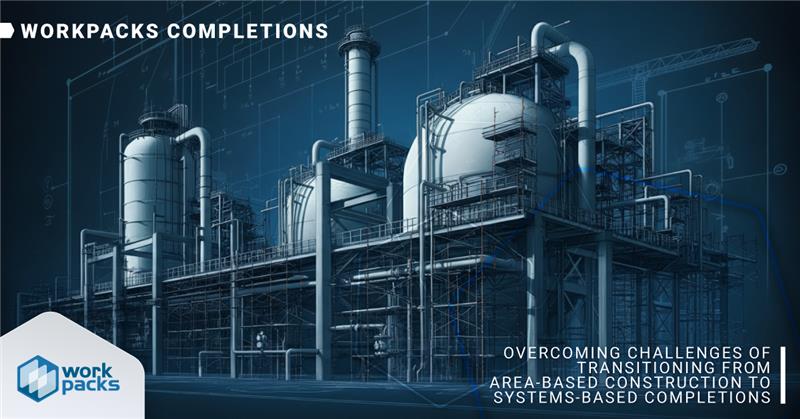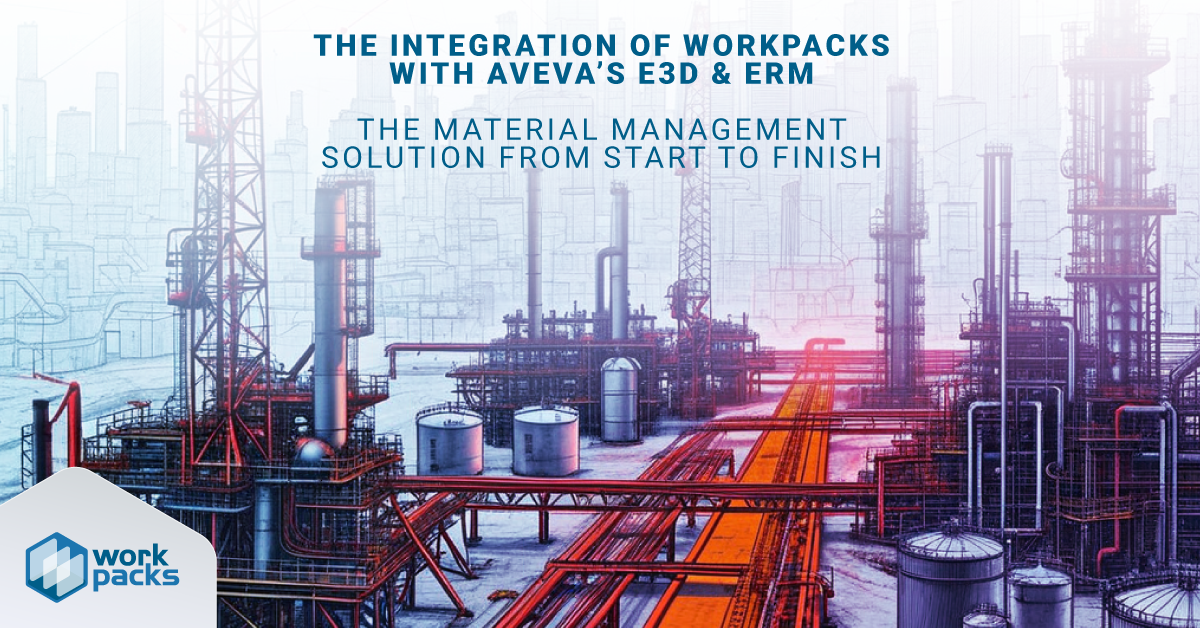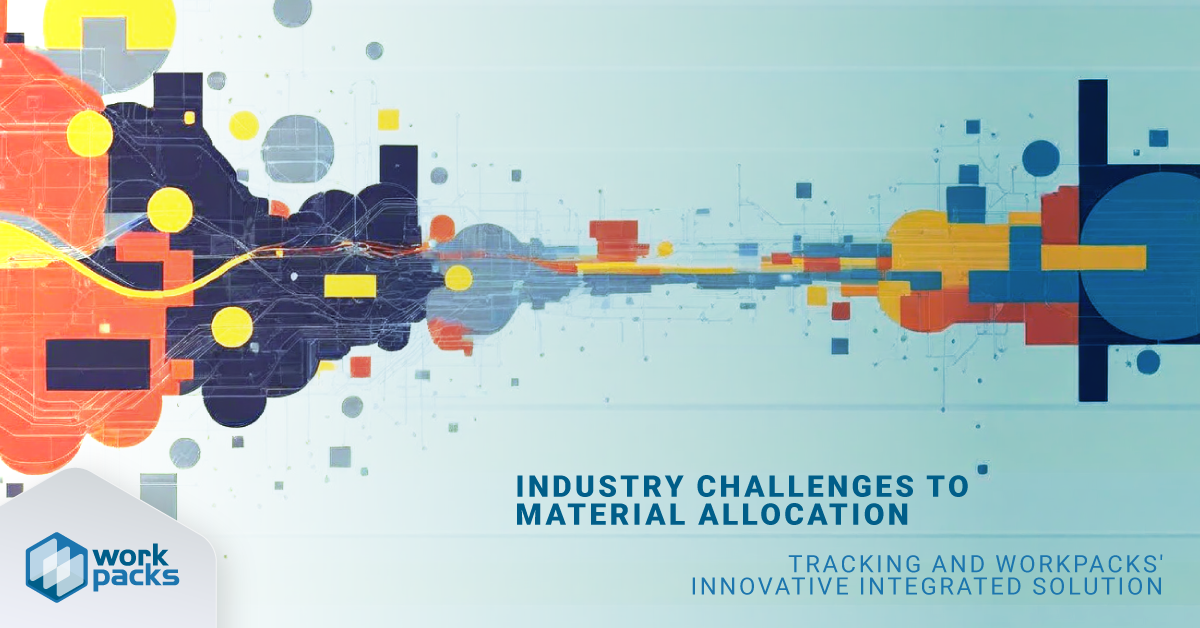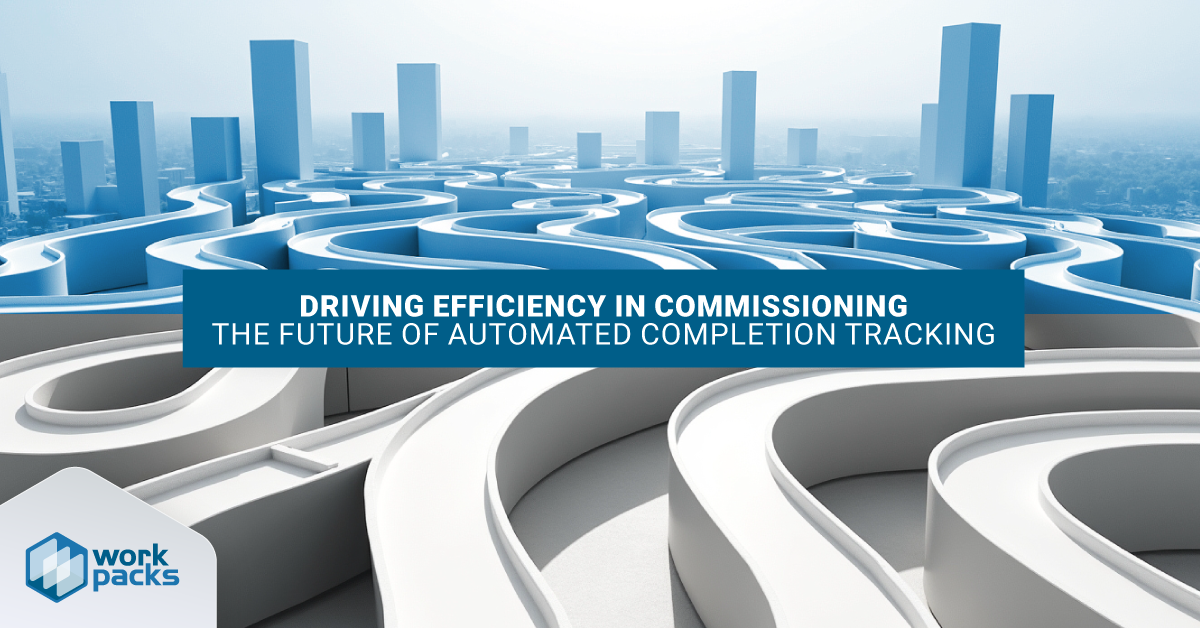At WorkPacks we try to bring our values to the forefront of our work every day, and while we do focus on continual waste reduction and increased efficiency for ourselves and clients, it’s good to talk about how we can provide better stewardship as individuals as well; and considering this week contains both Global Recycling Day and World Water Day, we thought it would be good to take a few minutes and talk about how we can improve the state of the world outside of work.
Recycling, Upcycling, and Repurposing
We all know by now that by reusing materials and reducing waste, we can significantly decrease the strain on natural resources and mitigate environmental pollution. With the current technology we can now drastically improve re-use of materials. Through innovative recycling technologies and widespread education, we can transform waste into valuable resources, fostering a circular economy that benefits both people and the planet.
Upcycling is very similar to recycling in that it takes something that is considered waste and reutilizes it. However, in this case the product made is of greater value than the original product. Recent technological advances have done wonders in the ability to recycle and upcycle waste materials, one in particular is 3D printing. 3D printers can reprocess plastic waste into 3D shapes, providing a multitude of practical and artistic functions that are much more valued than the original plastic products used. Nevertheless, you don’t need a 3D printer to recycle or upcycle waste. This trend is heavily lead by individuals deciding to turn old unworn shirts into quilts, old wine bottles and jars into glasses or vases, and the cardboard cylinders from toilet paper as garden nursery planters. The existence of the internet facilitates the dispersion of new ideas on an unprecedented level, scaling individual innovations and providing a much larger positive impact. In its essence, recycling and upcycling is based on individual innovation focused on less waste, and more products – and if you can turn it into a successful business like Terracycle, more power to you.
Water: Small Tricks for Conservation
Water use and conservation represent another critical area where we can have a dramatic impact by coordinating small conservation efforts. While 71% of earth is covered in water, about 96.5% is ocean water, with only about 3% of that being fresh water, and 0.5% being available and usable as drinking water. “If the world’s water supply were only 100 liters (26 gallons), our usable water supply of fresh water would be only about 0.003 liter (one-half teaspoon).” With freshwater resources becoming increasingly scarce, it’s essential to understand how we can decrease our usage and ensure no water is wasted. Figure 1 Below shows approximate home water use.
| Figure 1: Home Water Use (Approximate) | |
| Gallons | Activity |
| 3 | Shaving and allowing the water faucet to run |
| 1.6-5 | Flushing a toilet |
| 5 | Brushing your teeth and allowing the water faucet to run |
| 8 | Cooking 3 meals |
| 8 | Cleaning house |
| 10 | Washing dishes for 3 meals |
| 20-30 | Washing clothes |
| 30 | Washing dishes and allowing the water faucet to r |
| 30-40 | Watering lawn |
| 30-40 | Washing a car |
| 30-40 | Taking a bath |
| 40 | 8 minute shower (5 gallons/minute |
https://www.usbr.gov/mp/arwec/water-facts-ww-water-sup.html
In Japan, it is commonplace to have the freshwater running through a faucet into the toilet reservoir whenever the toilet is flushed. This enables people to wash their hands with the freshwater running into the toilet before it becomes blackwater and unusable for sanitation purposes. While it might be a bit of a project to install new plumbing, there are plenty of easy ways to ensure the least amount of water is used:
- Repair All Leaks
- Hot water leaks not only wastes water, but also the energy used to heat the water.
- Leaks inside the toilet can waste up to 200 gallons of water a day.
- Toilet leaks can be detected by adding a few drops of food coloring to water in the toilet tank.
- Install low consumption laundry and dishwashing machines, toilets, faucets, and shower heads.
- Turn off the faucet while brushing your teeth.
- Place a weighted plastic one-half gallon jug or a toilet dam in the toilet reservoir to reduce the amount of water used for each flush.
- Refrigerate a pitcher of water, rather than running the faucet water until it is cool.
- Plug the sink to wash dishes, rather than having the faucet flowing throughout the dishwashing process.
Water usage is largely influenced by culture and technology. Here in Maryland the average person uses 100 gallons of water a day, but by proper maintenance, innovation, and small efforts to reduce water use, we can make an immense difference. Stay tuned for our next blog post centered on ecofriendly engineering and how our industries are stepping up their game in reducing waste!









